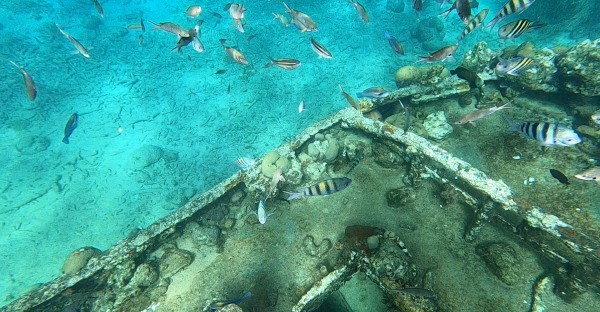We often face decisions that seem to have disagreeable results no matter what. An old mining expression “between a rock and a hard place” gives graphic imagery to this decision making. Are we facing such decisions now when it comes to energy allocation? That is, with our civilization relying upon copious amounts of readily available energy; what decisions must we make to keep our civilization prospering?
Our civilization feeds off of energy. Annual global energy consumption continues to increase, up to 5.85E+20 Joules in 2017. About 89% are from non-renewable resources: oil, coal, natural gas, uranium. The first three of these contribute to pollutants that are causing environmental changes for our planet. The last, uranium, results in large amounts of long-lived, contaminated waste. And reactors have a potential for wide area, accident-caused contamination. Nevertheless, we can and likely will use these energy sources until supply is exhausted. And by deciding to do this, we inherently accept any consequences.
We can also obtain energy from renewable sources; principally hydro, solar and wind. These amount to 11% globally. Certainly they have value, but they have cost. One measure of this is the Energy Returned on Energy Invested (EROEI) metric. In other words, there is no free source of energy. For renewables, energy is needed to construct the collector and energy is taken from the ecosystem during the system’s operation. That is, we take for ourselves and leave less and less for other living things.
So which are the rock and the hard place? The metaphorical rock could be us taking more and more energy for our services with the inevitable crash when supplies of non-renewables fail. The metaphorical hard place could be that we access so much from renewables that our planet is no longer a pleasant place to live. According to the Doomsday Clock, we have precious little time remaining to make a decision. Need help with your decision? Contact me.
